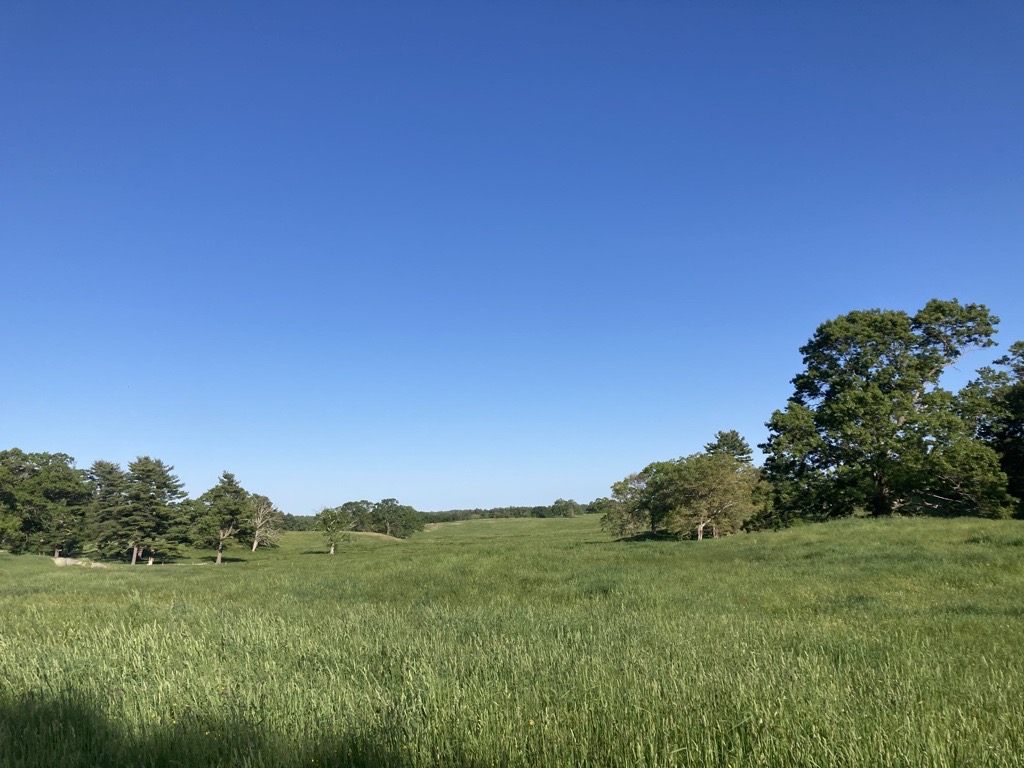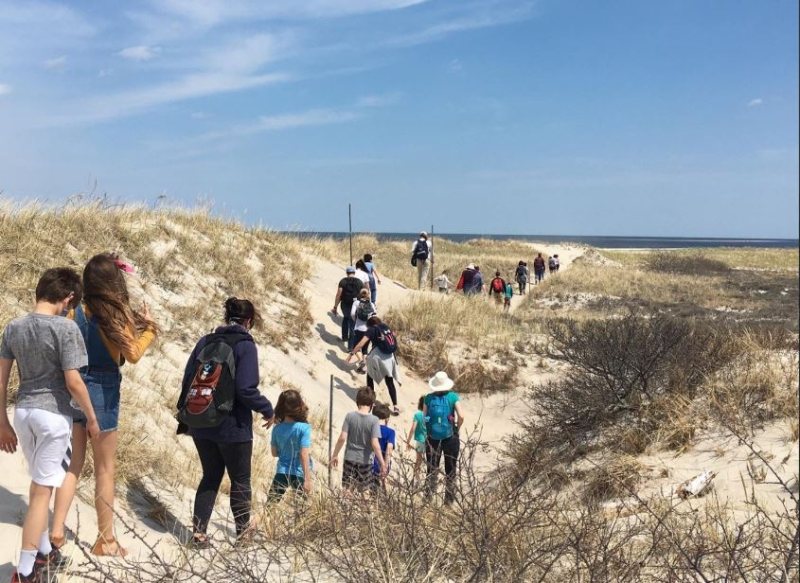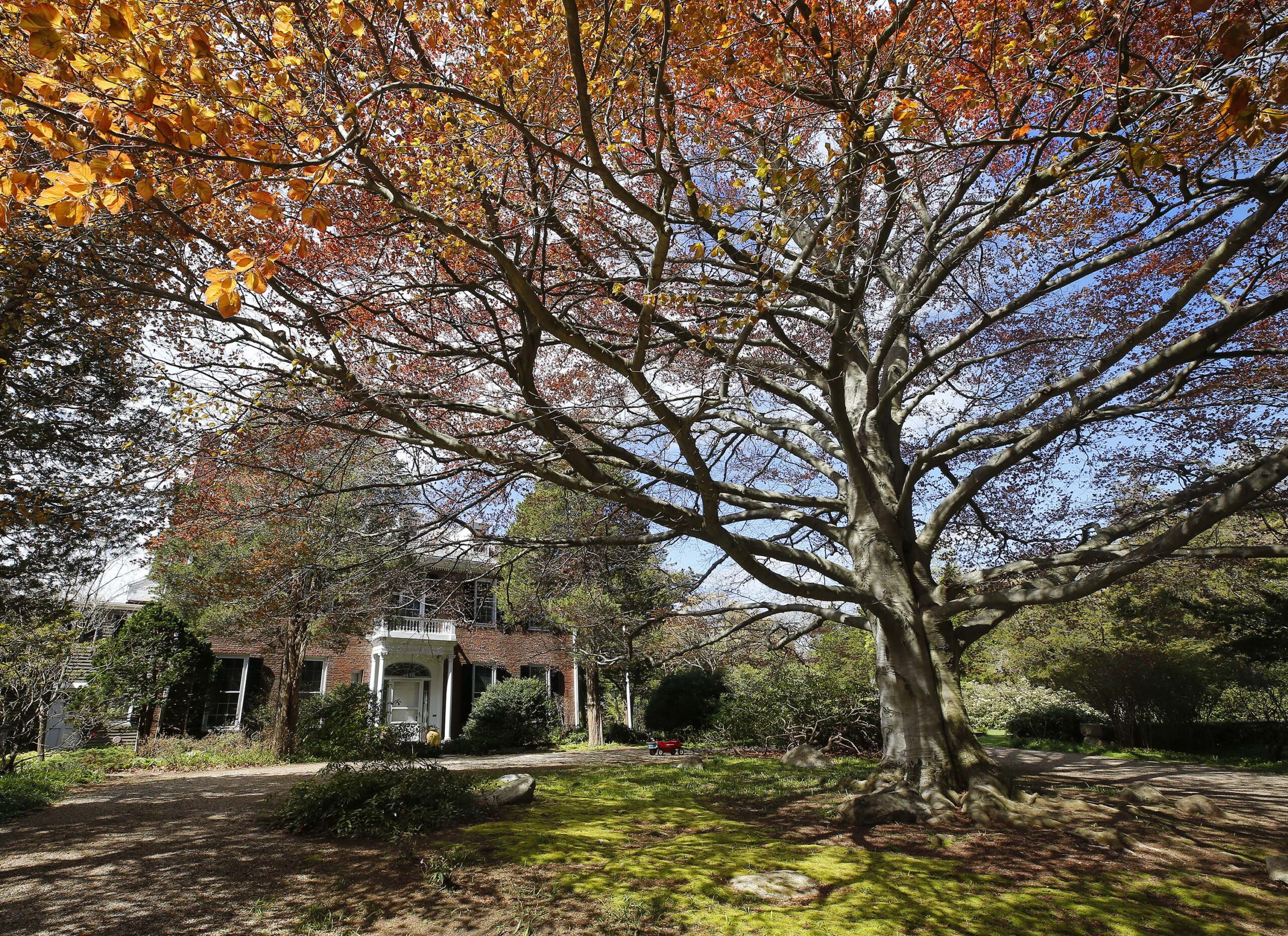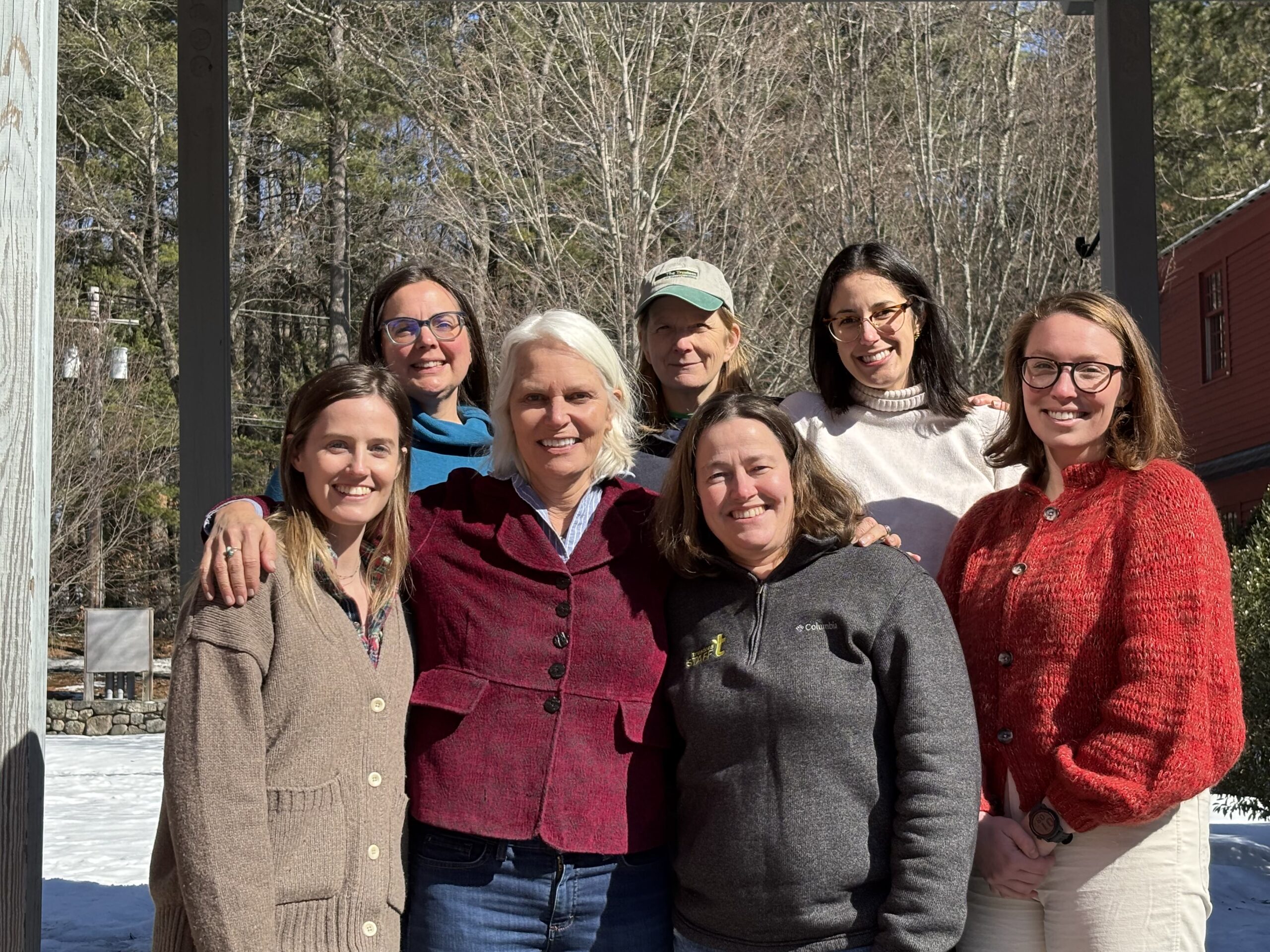From a distance pastures and hayfields may look like a consistent field of green, but if you look closely, you’ll find a diverse and complex system. While you can find just over 100 species of trees in forests of the northeast, just last year we counted over 250 species of plants across our livestock fields. Some of these species have been here for a long time, some we intentionally introduce as cultivated forages for livestock, and others find their own way in.
A huge part of a livestock farmer’s job is wrangling this diversity to sustain a desired plant community that nourishes livestock and supports their livelihood year after year. High quality northeast forage mixes include a mixture of perennial and annual grasses, legumes and forbs such as: orchard grass, perennial ryegrass, timothy, red and white clover, vetch, plantain, birdsfoot trefoil, triticale, dandelion, alfalfa, chicory, plantain, sorghum sudan grass, oats, cow peas, and annual ryegrass among others. To encourage desirable species, we manage existing plant communities and introduce new species through no-till drill seeding or frost seeding.
Your point of view influences how you view the other 230+ species. From a farmer’s perspective these are generally considered weeds, but they are not all created equally. Across our fields you can find a wide range of native and introduced species, with varying degrees of palatability, toxicity, and nutritive value. These plants can also be divided into how they grow: grasses, forbs, vines or woodies, or the ecological role they play in the system: wildflowers that feed pollinators, plants that host caterpillars, or non-native invasive species.

While there are not many species on our list that are truly invasive, the few that we have can be really problematic. Our invasives fall into two main groups: woody and herbaceous (small and green). Woody invasives include multiflora rose, bittersweet, buckthorn and honeysuckle. Without control, these species begin the process of succession, crowding out forages and converting our fields to species-poor scrublands. Herbaceous invasives include black swallowwort, Japanese knotweed, wild chervil, and knapweeds. While they don’t fundamentally change the structure of our field s, these species similarly have the ability to form dense stands that crowd out all other vegetation, including our desired forages. Some also cause additional problems, like black swallowwort which creates an ecological trap for monarch butterflies who lay their eggs on it, confused by its similarity to milkweed.
There is some room for flexibility in what we consider a weed (one definition is just a plant that is where you don’t want it), but this does not extend to invasive species. Our hayfields and pastures fit into a broader mosaic of grassland habitats throughout the northeast that has seen rapid decline over the past decades, leading to declines in the insect and bird species that depend on them. Invasives threaten not only our farming operations (think of cattle – or farmers – trying to maneuver a field of roses), but also the ecological functioning of limited remaining grassland habitat. Because of this, our Trustees’ ecology team has a long history of protecting, restoring, and maintaining grassland habitats throughout the state.
Regular agricultural activities like grazing, mowing, and haying play a huge role in keeping fields open and weeds controlled. Properly managed pastures dominated by productive forages can outcompete many undesirable species, but special efforts are required to limit the spread of invasive species which, by definition, invade. When populations of invasives arrive in our fields or on our farms, the most important step is to deal with them before they spread and grow into large populations. At this stage, a careful eye and a quick pull can effectively eradicate the invasive plant.
Once an invasive species gets a foothold in a field or farm, other techniques need to be used to control them including mowing, pulling, and herbicide use. At the Trustees, our ecology and stewardship colleagues have carefully and intentionally used herbicides as a targeted tool in their belt to transform degraded habitats into what you see today (while steering clear of certified organic crop fields). While the quality of our fields has benefited from this partnership, our team is committed to further reduce and eventually move beyond the use of herbicides in managing invasive species across our five production farms.
Our approach to managing invasive species involves our farmers stepping up as a first line of defense. We are physically in the farm fields on a daily basis, are most likely to make initial observations of invasives and are motivated to ensure fields are free of non-productive forage plants. Focusing on this issue directly will allow us to engage in more methodical and nuanced approaches in and around our pastures and hayfields, while not compromising the good work that has been done. We expect that regular intensive rotational grazing, targeted mowing, manual clipping, and pulling are a viable way for us to stay on top of this issue.
We look forward to sharing what works and doesn’t as we learn together. Of course, this approach will take more time and effort to implement on our part, but from an agricultural and an ecological perspective, we think it’s worth it. If you’ve read this far and are interested in volunteering, we could use regular help as we start to make this transition, drop us a line!



